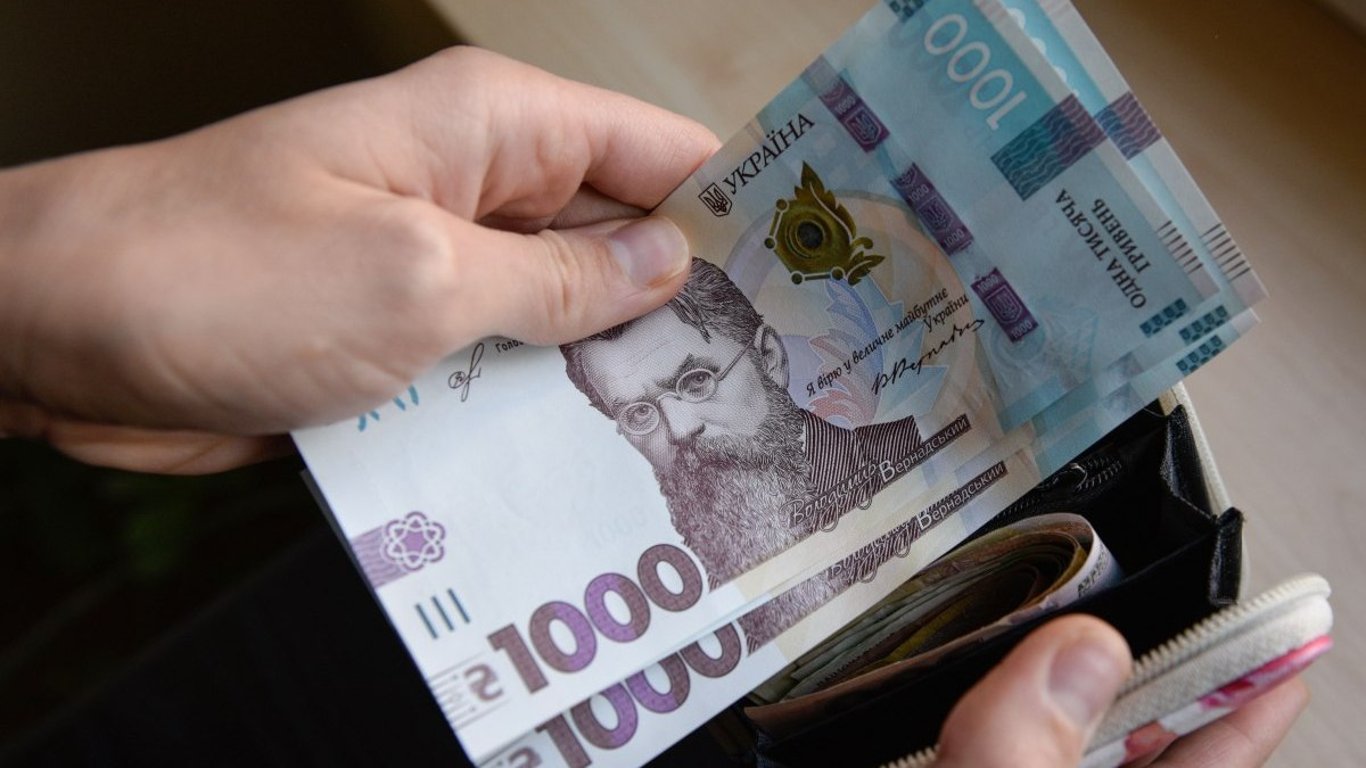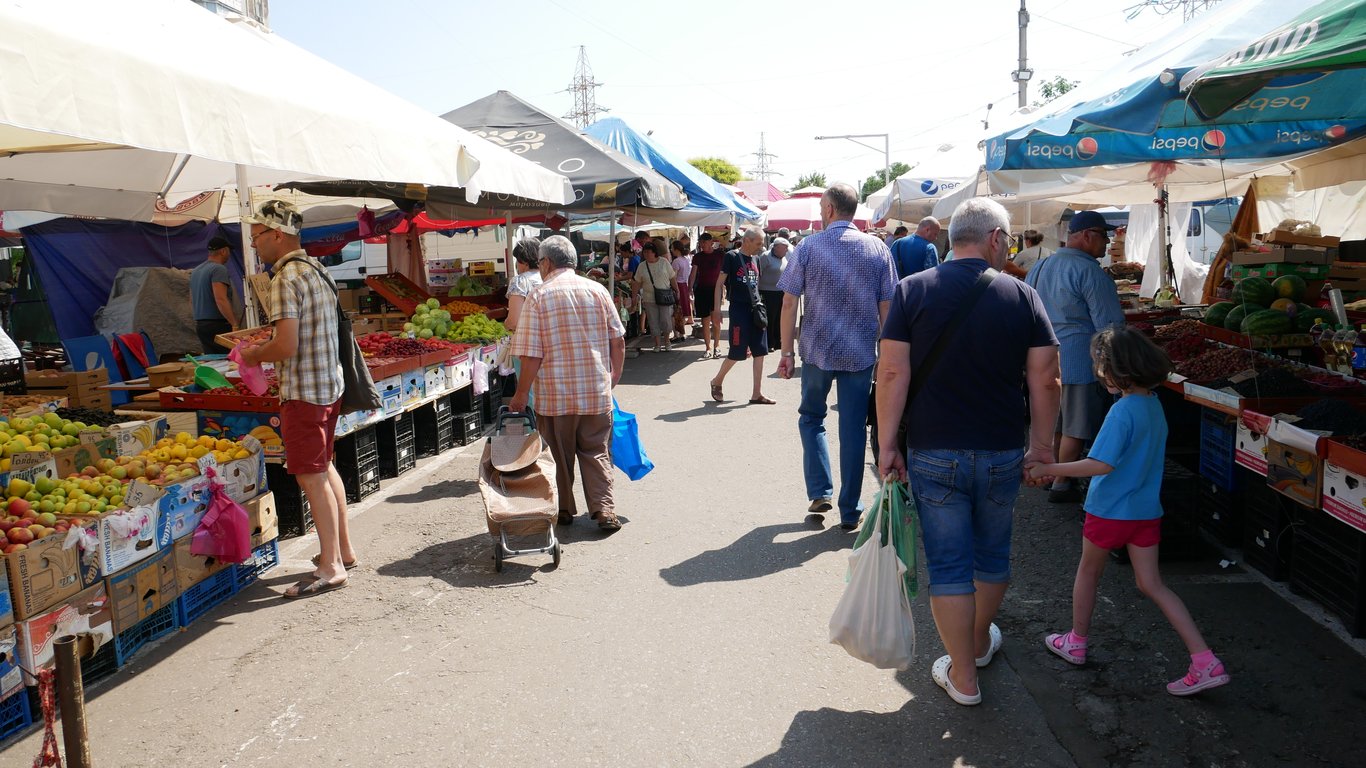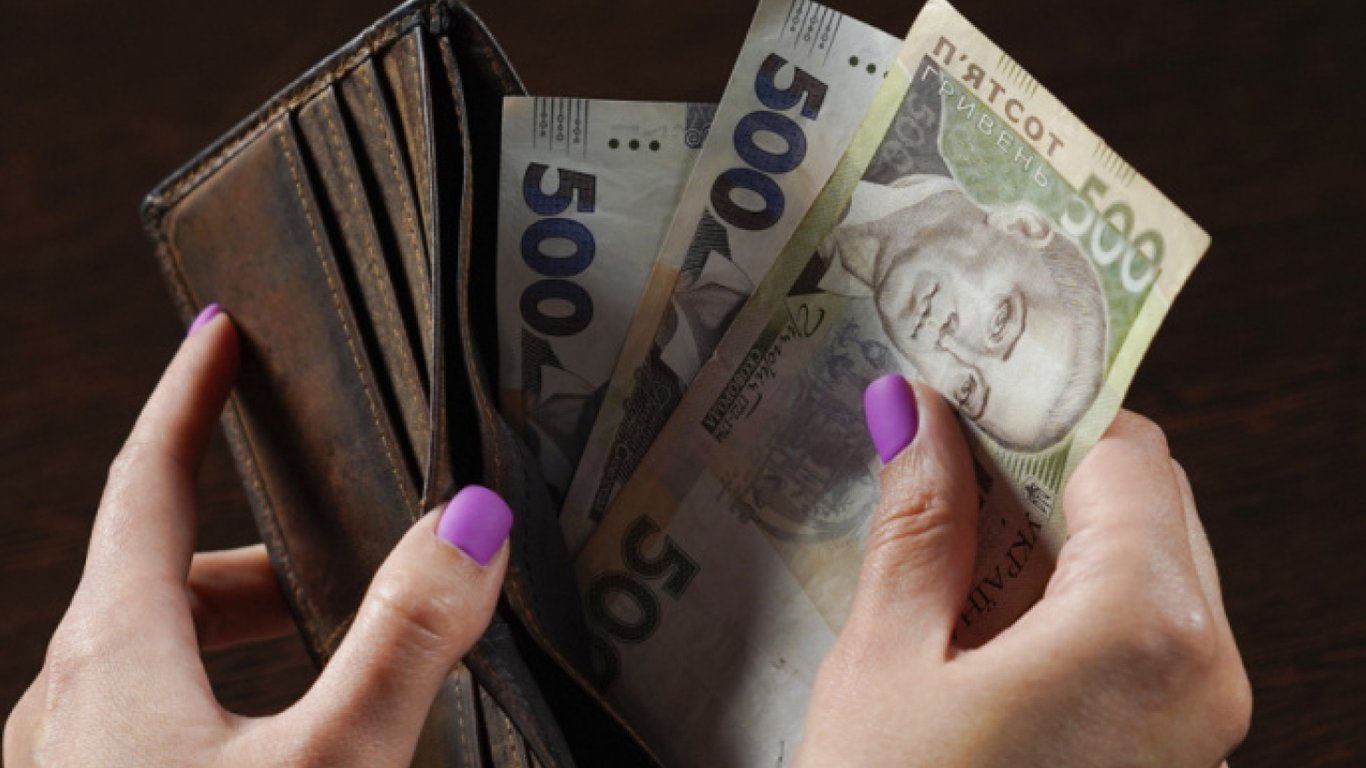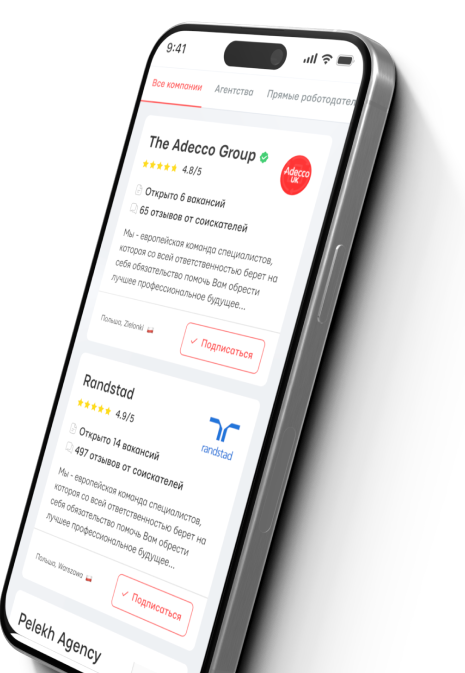What is a currency corridor in simple terms.

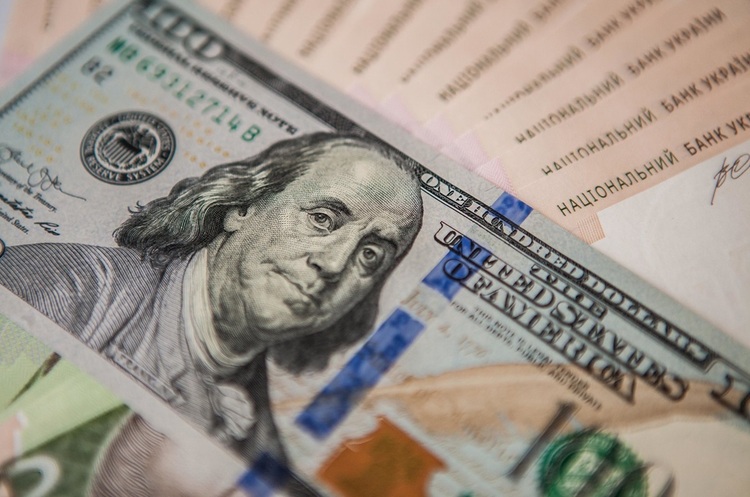
There are many useful tools in economics. Among them is the currency corridor. It is usually used by the state to control the exchange rate of currency. This refers to the national currency.
In general, understanding what a currency corridor is will be useful for everyone. Moreover, a currency corridor is an important tool for both the country's economy and the global economy, and many other factors depend on it. Simply put, it is the regulation of the difference in exchange rates between the national and foreign currency.
What is a currency corridor?
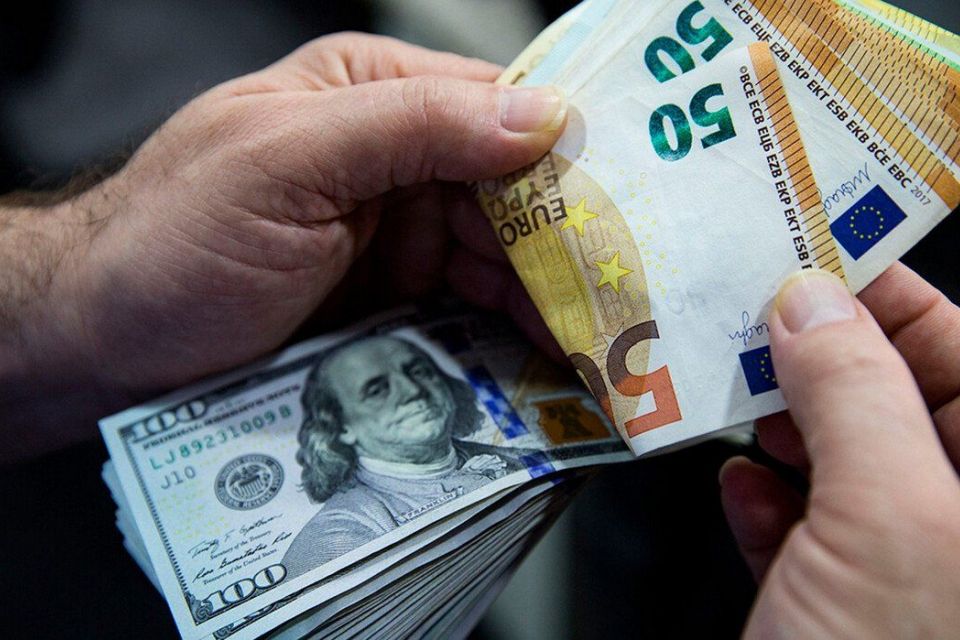
Thus, it is an established range (minimum and maximum) within which the exchange rate of the national currency may fluctuate. If the rate goes beyond the limits of the corridor, government regulators (usually the central bank) intervene to stabilize the situation.
Such a corridor is also relevant for Ukraine. Especially in 2024. Despite the war, the situation can vary. For Ukraine, with its unstable economy and the influence of external factors, the currency corridor plays an important role in maintaining economic stability.
The currency corridor has a quite simple and understandable mechanism of operation. Here is what it means:
- First, boundaries must be established. The central bank determines the minimum and maximum rates of the national currency. For example, the range for the hryvnia could be 35–40 hryvnias per dollar.
- It is important to mention the control over the exchange rate. If the rate approaches the upper or lower boundary, the central bank may: sell currency from reserves to strengthen the hryvnia or buy currency to prevent excessive depreciation.
- Such a corridor acts as an emergency intervention during critical situations. If the exchange rate goes beyond the corridor, the regulator takes active measures such as changing interest rates or conducting currency interventions.
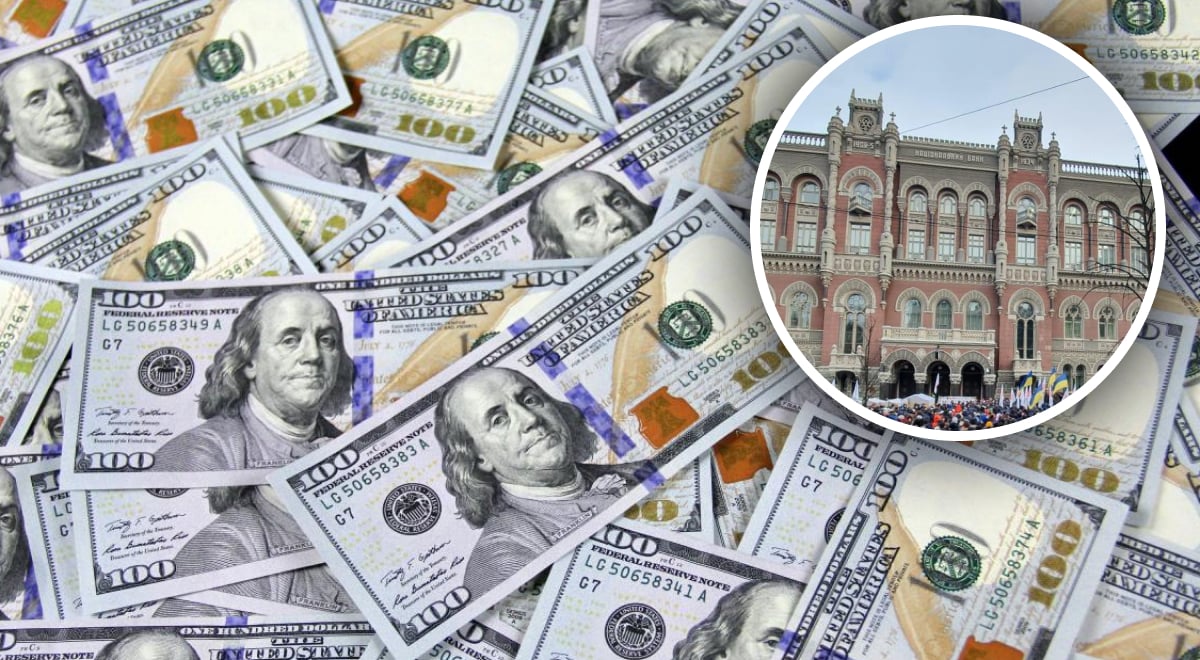
Despite the fact that this tool is understandable, it is not used very often.
What is this tool needed for?
The currency corridor has its uses. It can help, but only in certain situations:
- First, this is about stabilizing the situation in the economy. Fluctuations in the exchange rate can cause inflation or, conversely, deflation. The corridor reduces these risks.
- It also helps to make forecasts for businesses. A stable rate simplifies calculations for companies, especially those engaged in export and import.
- Indirectly, it protects the population. The currency corridor prevents sharp price jumps in imported goods and services, which is important for consumers.
- Moreover, this tool conducts some control over inflation. By holding the exchange rate, the central bank reduces price increases for goods dependent on imports.

Based on this, such a tool is useful and very effective. But even so, it is not used very often.
What types of currency corridors are there?
So, currency corridors are not used often, but there are several types. This division is conditional but useful for understanding.
What types of currency corridors exist:
- The most rigid corridor. The rate is strictly kept within the specified range. Example: 35–40 hryvnias per dollar.
- A corridor of medium rigidity. The rate may temporarily go beyond the limits, but the regulator intervenes in case of significant deviations.
- The most flexible corridor. The range is regularly reviewed and adjusted depending on the economic situation.
Each of these types can be used fairly often in the country's economic situation.
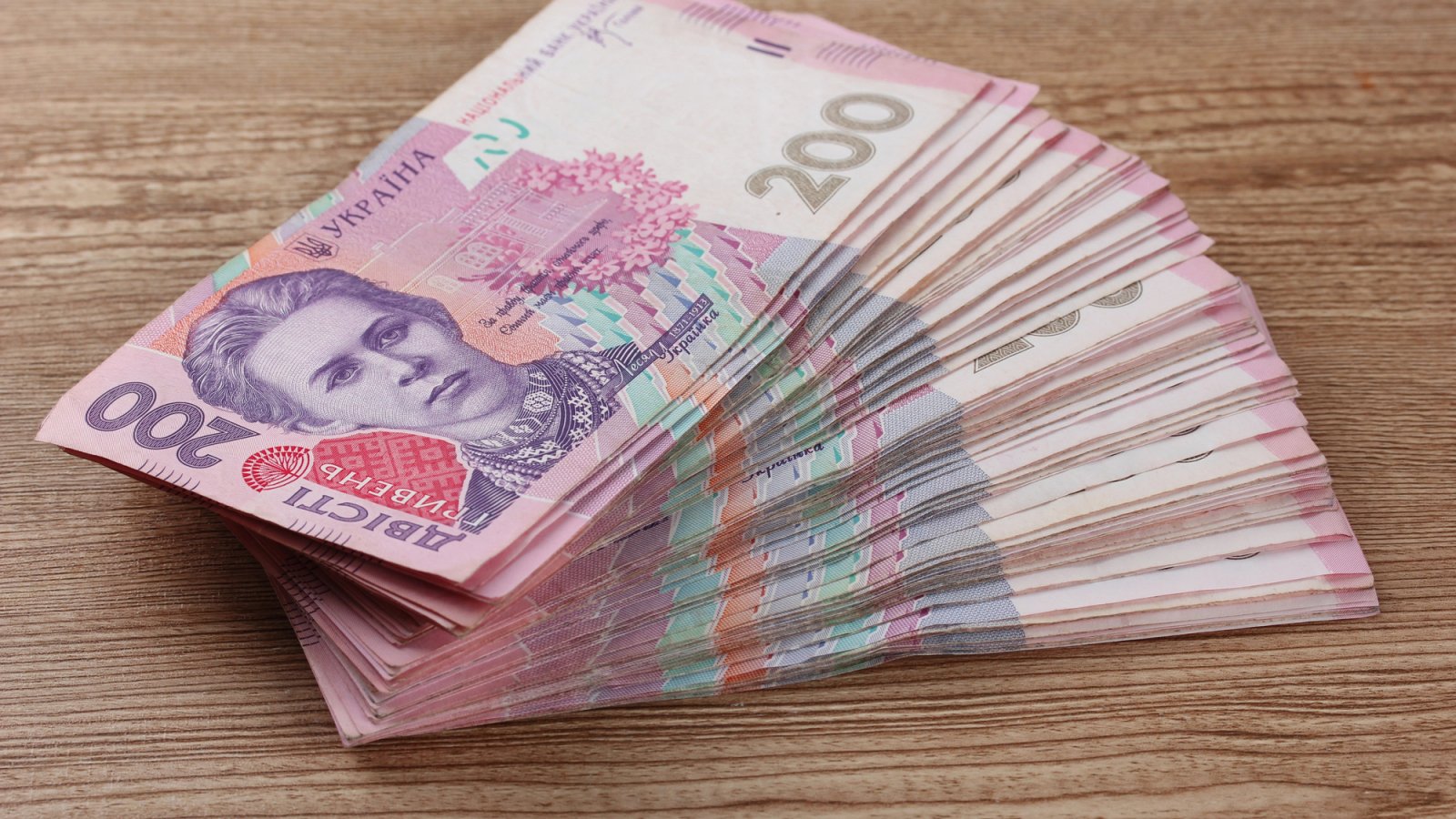
A few words need to be said about the existing currency corridors in Ukraine. In 2024, the National Bank of Ukraine (NBU) continues to actively use the currency corridor as a tool for stabilizing the economy.
Why does Ukraine need to use such a tool:
- First of all, due to the instability of the geopolitical situation.
- Also, a high dependence on exports and imports.
- We cannot forget about inflationary risks due to rising energy prices.
- We cannot forget about the need to maintain the hryvnia exchange rate to preserve purchasing power.
For Ukraine, this is also a quite useful and important tool.
Pros and some risks of the currency corridor
This tool has its significant advantages. Here is what it means:
- It ensures exchange rate stability. People and businesses can rely on a predictable exchange rate, which reduces uncertainty.
- We cannot forget that it can attract investment. Foreign investors prefer countries with a more predictable currency market.
- Also, protection from reserves. A clear corridor allows the NBU to spend foreign exchange reserves economically.
- It also provides support for exports and imports. The corridor helps maintain the competitiveness of Ukrainian goods abroad.
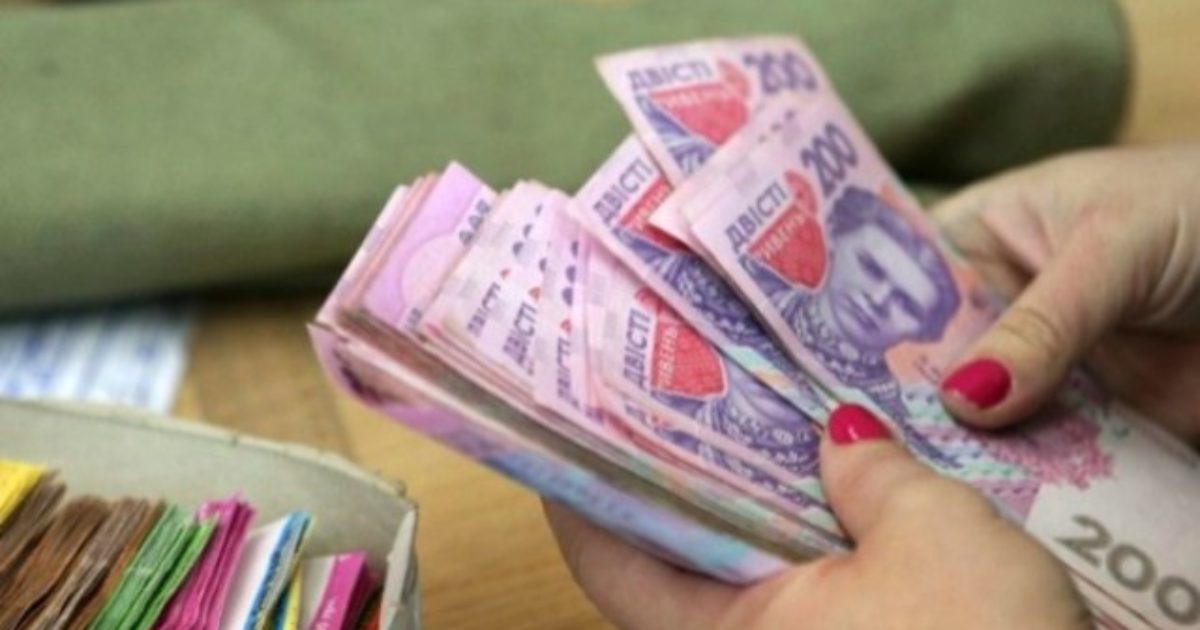
There are also disadvantages. Despite the advantages, the currency corridor has its downsides:
- First of all, it restricts market mechanisms.Artificial regulation can lead to the accumulation of hidden problems in the economy.
- There is also dependence on reserves.Maintaining the exchange rate requires significant currency reserves, which can become a problem in crisis situations.
- Possibility of speculation. Clear exchange rate boundaries can be used by speculators for profit.
- Among the disadvantages is social tension. A sharp change in the corridor can cause dissatisfaction among the population.
There are also several tips on what to do during such a corridor.
- Keep an eye on the rate. Check the current limits of the currency corridor to understand when it is more advantageous to buy or sell currency.
- Work with savings. Keep funds not only in hryvnia but also in stable currencies such as dollars or euros.
- Pay attention to deposits. Bank deposits in hryvnia can offer high rates, especially in conditions of a stable rate.
Also, do not rush to buy currency in fluctuating rates. Wait for stabilization.
Read also
- What is emission in simple terms
- What is an embargo in simple terms
- What is a moratorium in simple words
- What is the Gini coefficient in simple terms
- What is debt consolidation in simple words
- What is institutionalism in simple terms


